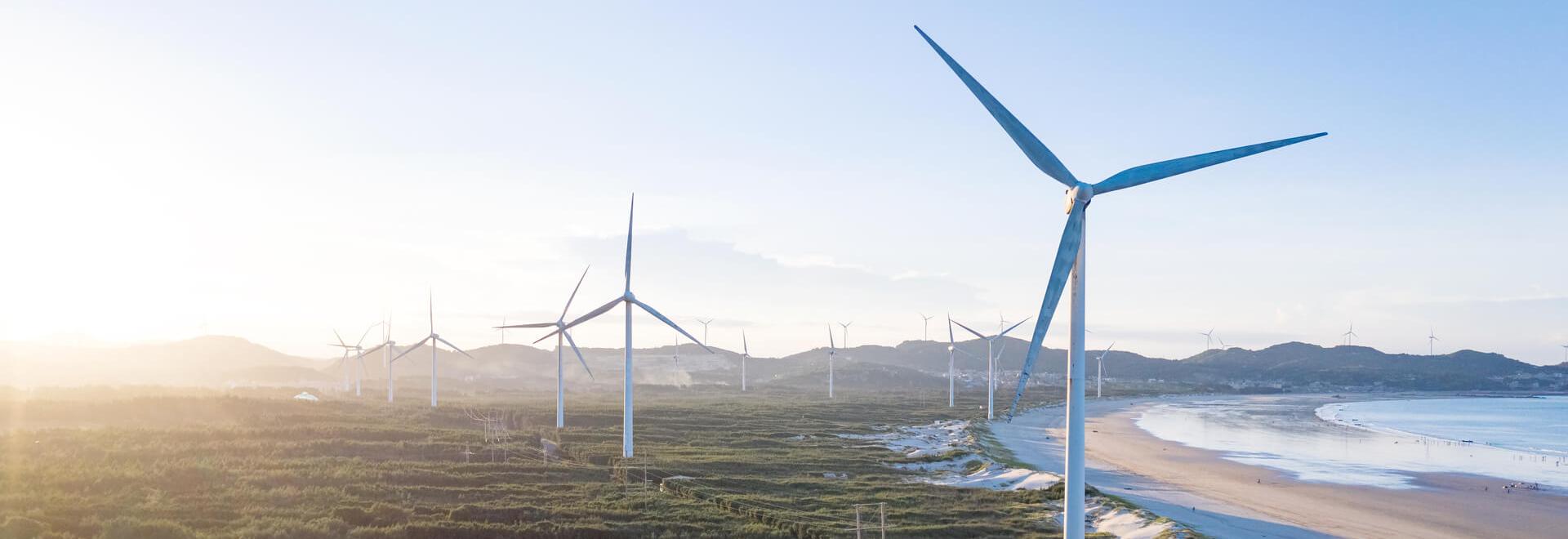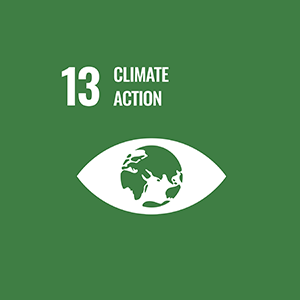In accordance with the EU General Data Protection Regulation (GDPR), we are committed to protecting your personal data and giving you control over it. By clicking "Accept All", you consent to our use of cookies to enhance your browsing experience, analyze website performance, and deliver targeted advertising. You can manage your cookie preferences below.
Material Usage Management
Our company's current manufacturing processes and services do not involve the use of recycled materials, nor do we have a recycling program for our products or packaging. In line with the principles of a circular economy, we are dedicated to minimizing material waste and maximizing resource efficiency. To achieve this, we are actively investigating the incorporation of recycled materials into our production processes and optimizing our product packaging design for recyclability. Through these efforts, we aim to contribute to environmental sustainability and foster a collaborative partnership with our consumers.
The consumption of raw materials and non-renewable materials used by our company is shown in the table below.
|
Raw materials |
Unit |
Renewable (Y/N) |
2020 |
2021 |
2022 |
|---|---|---|---|---|---|
|
SMC raw materials |
KG |
N |
56,211,384 |
28,411,736 |
31,745,824 |
|
LTX raw materials |
KG |
N |
787,343,040 |
1,156,444,288 |
721,919,616 |
|
EIR raw materials |
KG |
N |
36,752,056 |
25,726,728 |
31,154,132 |
|
PUF raw materials |
KG |
N |
153,028,304 |
219,550,000 |
230,849,328 |
|
PUA raw materials |
KG |
N |
192,079,248 |
236,946,224 |
198,365,280 |
|
Notes:
|
|||||








